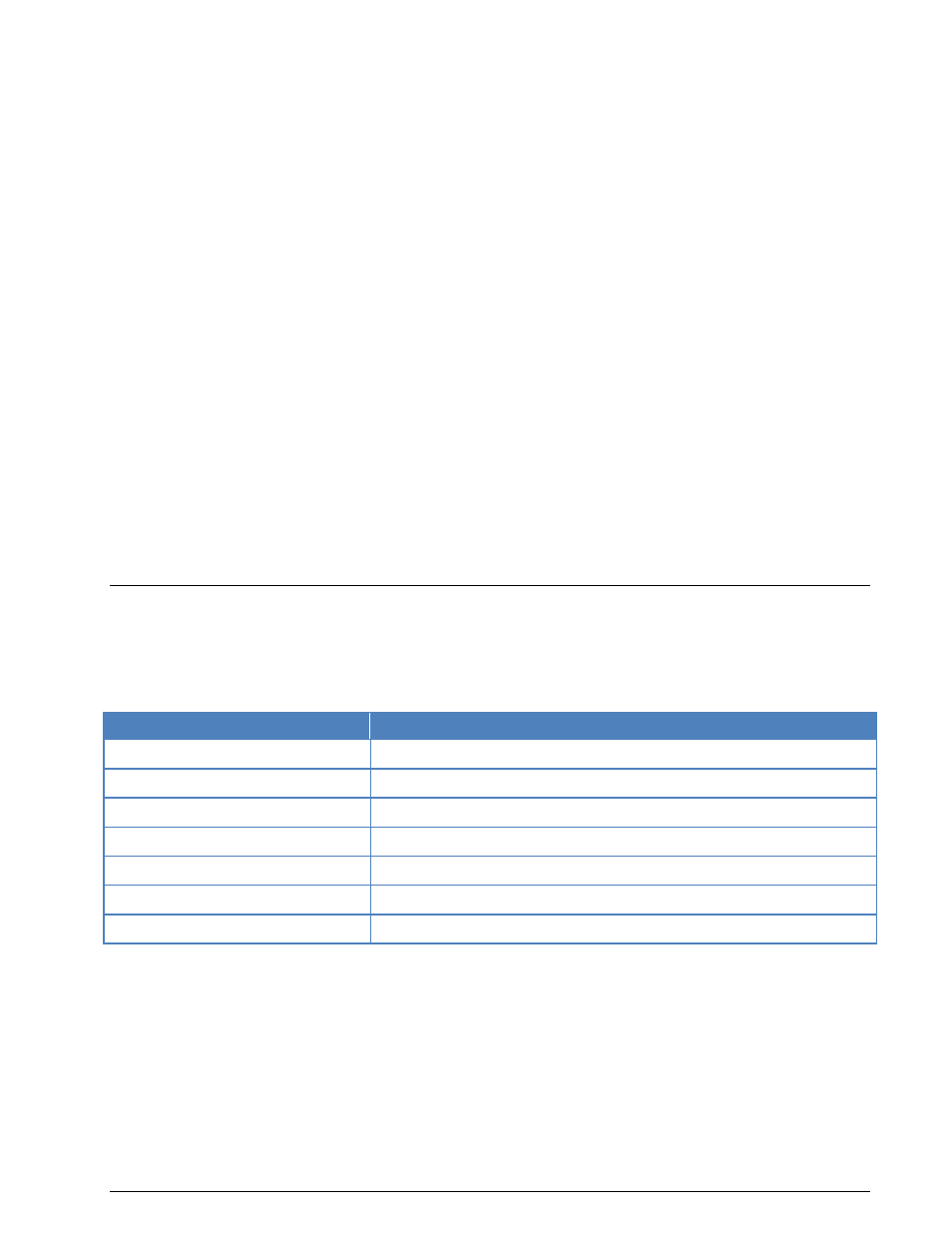Wavecom W61PC V7.5.0 User Manual
Page 151

WAVECOM Decoder W61PC/LAN Manual V7.5
Transmission Modes
141
Transmissions use MSK (Minimum Shift Keying) with speeds of 100 or 200 baud.
DGPS has been implemented according to RTCM SC-104 "Recommended Standards for Differential
Navstar DGPS Service" v.2.0, Jan. 1990.
These messages are decoded: 1, 3, 7, 9, 13, 16.
These messages are NOT decoded, but their type is indicated: 2, 4, 5, 6, 8, 10, 11, 12, 14, 15,
17, 60-64.
Compared to M.823-2 messages 4 and 5 are not decoded by my implementation neither are the
equivalent GLONASS
DGPS data, which is formatted according to RTCM v.2.0 or 2.1, is continuously transmitted in frames con-
sisting of a varying number of data words. The two first words of each frame contain the reference station
id, the message type, a sequence number, the frame length and the health of data. A data word has a
length of 30 bits: 24 data bits and 6 parity bits. The last two bits of a word are used as an EXOR function
for selected bits of the succeeding data word. The value of the last bit indicates whether the next data
word is sent with inverse or normal polarity.
If Normal 3, 5, 7, 16 is chosen in the Message Type options field, messages containing ASCII text are
decoded, in case of numbers their meaning is displayed as well. The message types 1, 6 and 9 containing
the real DGPS information are not displayed in this mode of operation. Selecting Raw excl. 1, 6, 9 offers
a raw bit display except of the message types 1, 6 and 9 and Diff. corrections displays the corrections
messages. By selecting the All frame headers option, all frame headers are displayed regardless of the
message type. In case of a parity-error the data transferred in the related data word are displayed in red
characters to indicate a potential error.
RTCM v.2.0 and 2.1 are not completely compatible, but both systems are used. This may lead to errone-
ous interpretation of certain frame types.
More detailed information may be found in "RTCM Recommended Standards for Differential NAVSTAR GPS
Service 2.0" (RTCM paper 134-89/SC104-68).
DMR
DMR (Digital Mobile Radio) is a two-channel digital TDMA system for the transmission of voice and short
text messages.
For voice the AMBE++ (or AMBE+2) codec by DVSI is used. Data transmission accommodates 7-bit ASCII
only.
Parameter
Value
Frequency range
VHF/UHF (136 – 147 / 403 – 470 MHz)
Operation modes
Digital 2-channel TDMA two-way data and voice system
Modulation
4FSK with pulse shaping
Symbol rate
4800 Bd
Receiver settings
BW = 30 kHz
Input format(s)
IF
Additional Info
Data or voice
To use the mode, set Offset to the frequency of the IF output of the receiver and select the correct Po-
larity. From Options use the Message Type menu to select an output method. If All Frames is select-
ed, data and voice frames as well as all control frames will be displayed. Voice is output in real-time to the
speaker. At the same time the latest voice session will be saved in a .wav-file in the default data output
directory (see Default Data and Program Folders section).
The display parameter “Confidence” indicates the quality of decoding - a value above 95% indicates a
very high quality, whereas a value below 85% indicates that decoding is unreliable. Minor center frequen-
cy deviations are automatically compensated. The value of the Carrier parameter is the center frequency
after error correction - this value should remain close to the IF of the receiver.
The physical digital protocol is specified by ETSI in TS 102 361-1.